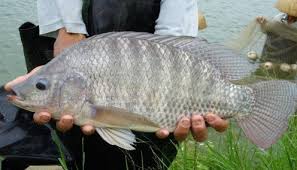Tilapia is one of the easiest fish species to farm because it grows quickly, and it can survive and breed even in less than optimal environments. Before you get started, decide how large your operation is going to be. It’s best to start small and then gradually scale up as demand rises or if you want to earn more profit.
Below are some basic pointers to keep in mind:
1. How big do you want your project to be? Are you planning to raise enough for your family’s consumption, or are you in it to eventually earn massive profits? Knowing how large you want your operations to be will help you more accurately identify your projected expenses.
2. While tilapia farming may not be as costly as farming other fish species, you’ll still need to prepare a sizable budget to invest in the equipment such as tanks, hire manpower, and spend on daily operating expenses such as feed, water, oxygen, and other fixed costs.
3. Check your local and state regulations. Are you allowed to convert your land into a tilapia farming facility? Do you need to apply for a business license or permit to start your operation? What other legal requirements do you need to comply with to get started?
4. Make sure you know what you’re doing. Learn the basics of tilapia breeding and farming. If you’re going into this venture blindly, it’s impossible to keep your business sustainable. Invest in short courses, read books, or check online resources about tilapia aquaculture.
5. Set up your tank or pond safely. Get experienced technicians to help you out if you’re a novice at equipment installation. Always opt for high-quality materials that will last you for a long time. This won’t just save you money in the long run, it will also help ensure the proper development of the fish you’re growing.
Read Also: When to plant and Planting methods of Sweet Potatoes
Read Also: Sludge Complete Management Guide

